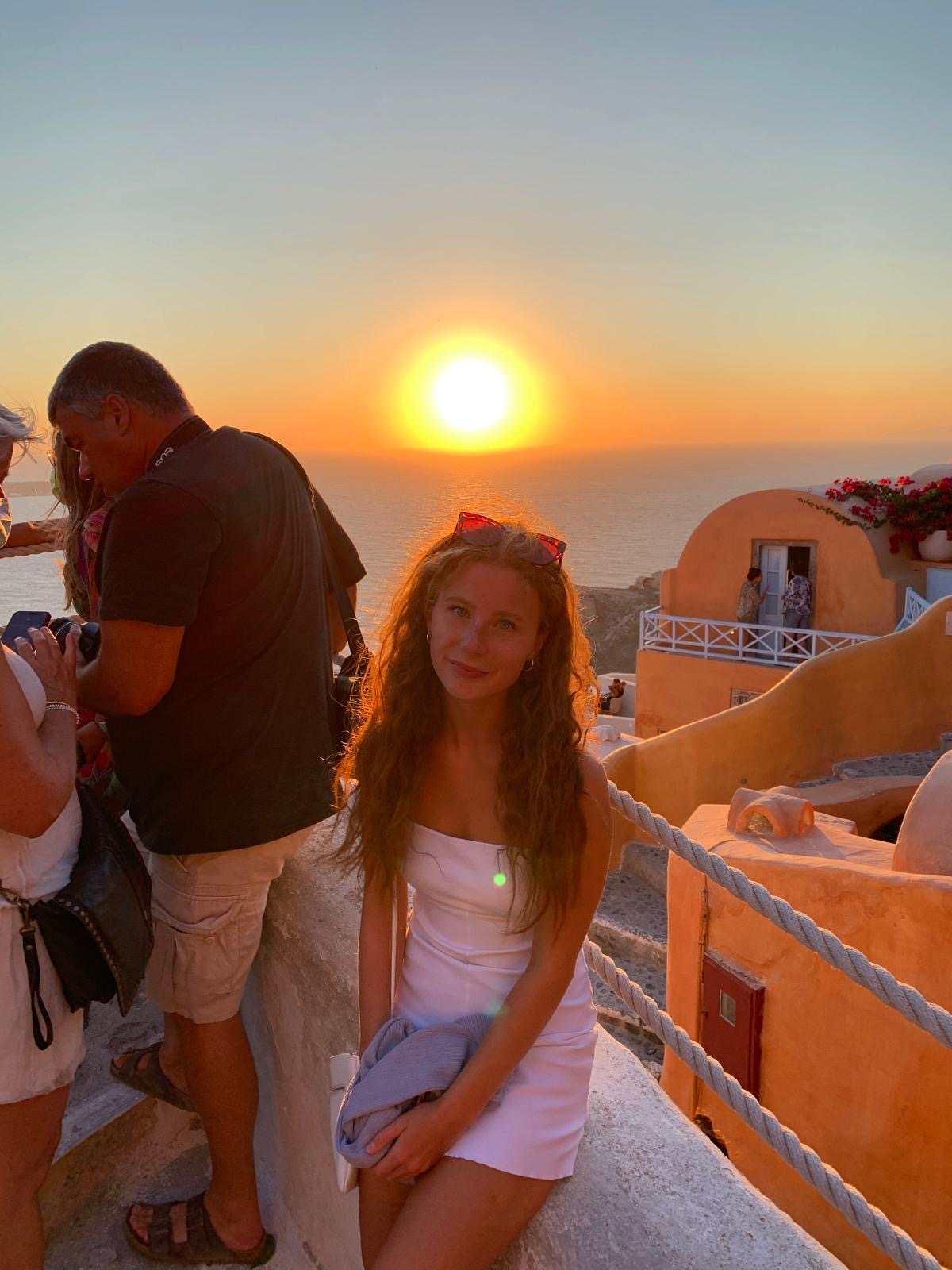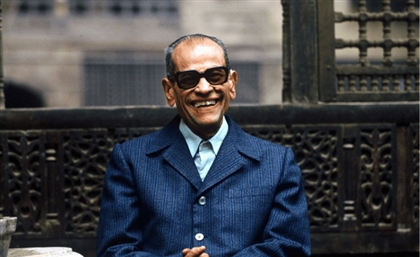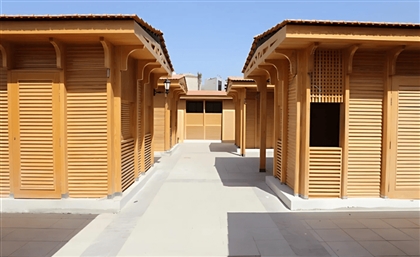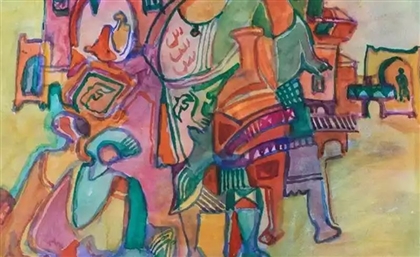‘The Book of Disappearance’ Reframes Dystopia in Palestine
Palestinian author Ibtisam Azem’s speculative fiction, which describes a world where Palestinians suddenly and mysteriously disappear, navigates the space between dystopia and reality.

The longlist for the International Booker Prize, the world’s most esteemed award for translated fiction, has been announced. Amongst the 13 works selected for the longlist is Palestinian author Ibtisam Azem’s novel, ‘The Book of Disappearance’, translated by Sinan Antoon. Originally published in Arabic in 2014, the novel presents an unsettling story of the sudden and unexplained disappearance of all Palestinians. It is widely accepted that the novel neatly falls into the dystopia genre. Yet, in light of US President Trump’s proposals to “clear out” Gaza, this dystopia bears a disturbing resonance with the present reality.
Set in a future Jaffa, the story begins when one day, Israelis wake up to discover that every Palestinian has mysteriously vanished. What begins as a moment of bewilderment quickly turns into celebration, only for that euphoria to fade just as swiftly, giving way to paranoia. As uncertainty takes hold, Israel’s society spirals into turmoil, revealing the fractures lurking beneath the surface.
In January 2024, Azem told me that the novel is like “holding a mirror to the present.” This already resonated poignantly post-October 7th, with the genocide threatening to lead to a disappearance of Palestinians in Gaza in a similarly instantaneous time frame.
The proposed “clearing” out of the Gaza strip, plans to “have fun” with the war-ravaged area by turning it into a Riviera-esque tourist resort, is nothing but a euphemistic frame for genocide in its clearest form. The proposal and the recently released sickening AI-generated advertisement for it prompt descriptions of dystopia. It feels like something ripped from the pages of a novel - too surreal, too horrific to be real life.

I spoke with Azem from her apartment in New York after the book’s long listing. It was our first conversation in over a year. While her novel continues to reflect the "war of many faces" unfolding today, one with the same ultimate goal of disappearance that she envisions in her fiction, Azem emphasised that her book, and reality, ultimately transcend dystopia. "The reality is worse than any novel could predict or imagine," she remarked.
The novel’s narration is both polychronic and polyphonic, weaving together multiple time frames and perspectives. A significant portion unfolds through the diary entries of Palestinian Alaa, who writes to preserve his recently deceased grandmother’s memories of Jaffa before it fell under occupation. Amidst the destruction of his homeland, the erasure of his people and the systematic dismantling of his maternal language, Alaa clings to these memories like a lifeline. Yet, with each chapter, his memory begins to fray, becoming hazy and blurred.
Palestinian memory, Azem tells me, is “fluid and omnipresent” - yet, also, dangerous and vulnerable. As Alaa begins to question the cracks in his memory, and stumbles between the boundaries of fiction and reality, we are also driven to reflect upon our similar predicament. We doubt whether what we are reading, seeing, watching is truly happening; we, too, find ourselves suspended in the space between reality and disbelief.
Ironically, the disappearance of Palestinians in the novel ultimately makes their presence all the more salient. Physically absent, yet ontologically glaring. Palestinian memory, as Azem emphasises, screams amidst the silence in the Israeli society depicted, rendering any illusion of peace or stability in their absence impossible.
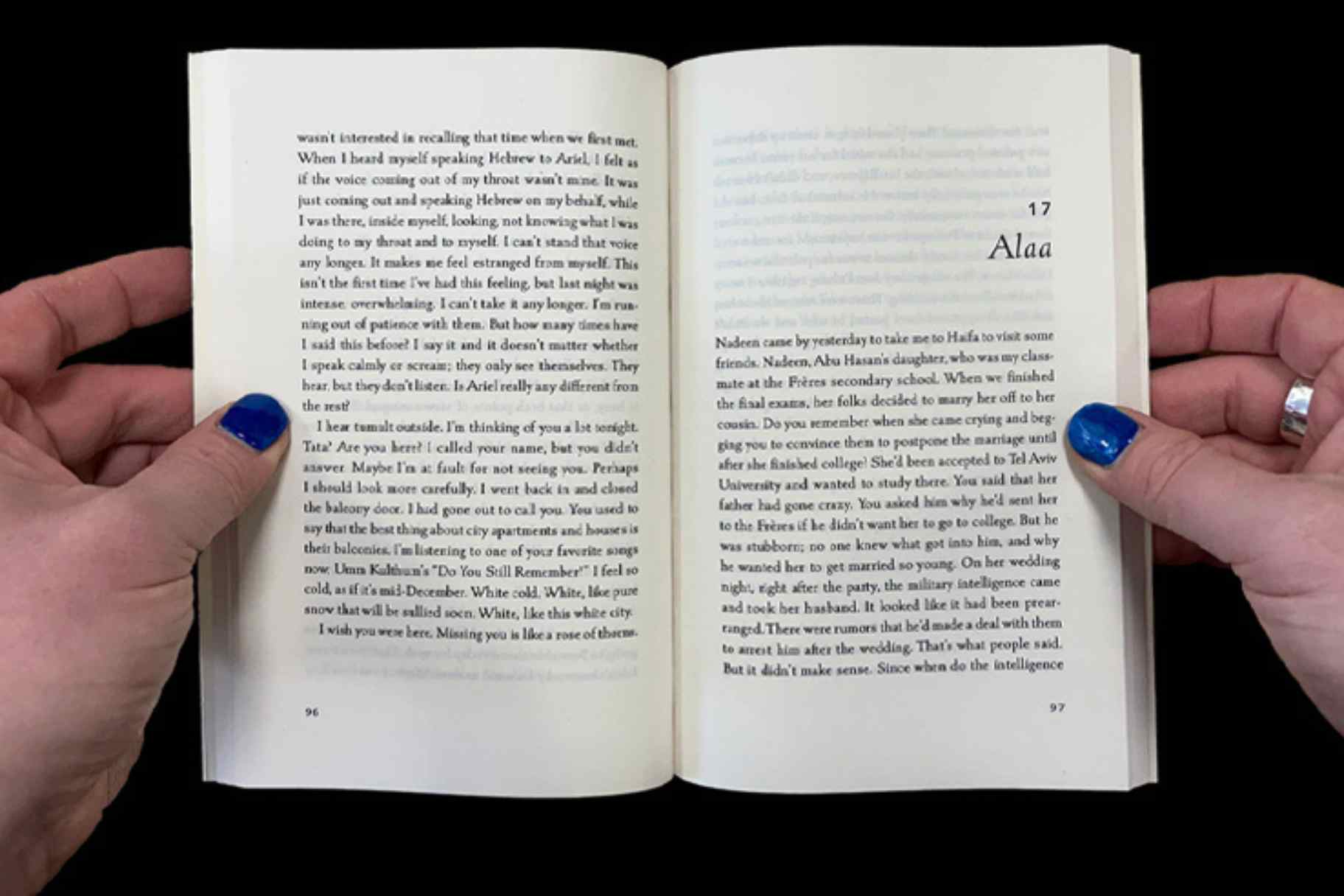
For Azem and for Alaa, writing and memory are synonymous. The novel ultimately reminds us that to write is ultimately to refuse erasure, to perforate silence with sound. ‘The Book of Disappearance’ is not only a mirror of the present, but also a testament to the enduring power of Palestinian literature in challenging hegemonic narratives that seek to justify genocide and distort history.
Pre- and post-disappearance, Palestinians in the novel are silenced, as is their suffering. The history preceding and explaining this moment is muffled. Alaa writes, “What if we were to scream into their ears? Would they hear us?” This question echoes far beyond the pages of the novel. For Azem, dystopia is not just the bodies, the death tolls or the devastation. “This is the real dystopia,” she states. “The world is watching this go on in silence.”
The novel ends with a provocative image of Ariel, Alaa’s Israeli neighbour, finding and claiming Alaa’s diary. He decides he will translate excerpts from it into Hebrew and will sell it as a book, entitled ‘The Chronicle of Pre-Disappearance’. This act of narrative appropriation mirrors the very forces that have shaped the present moment, where a convicted sex-offender billionaire holds the power to facilitate this ongoing Nakba, the same erasure and appropriation we see in the novel. As Ariel drifts off to sleep, the diary remains open.
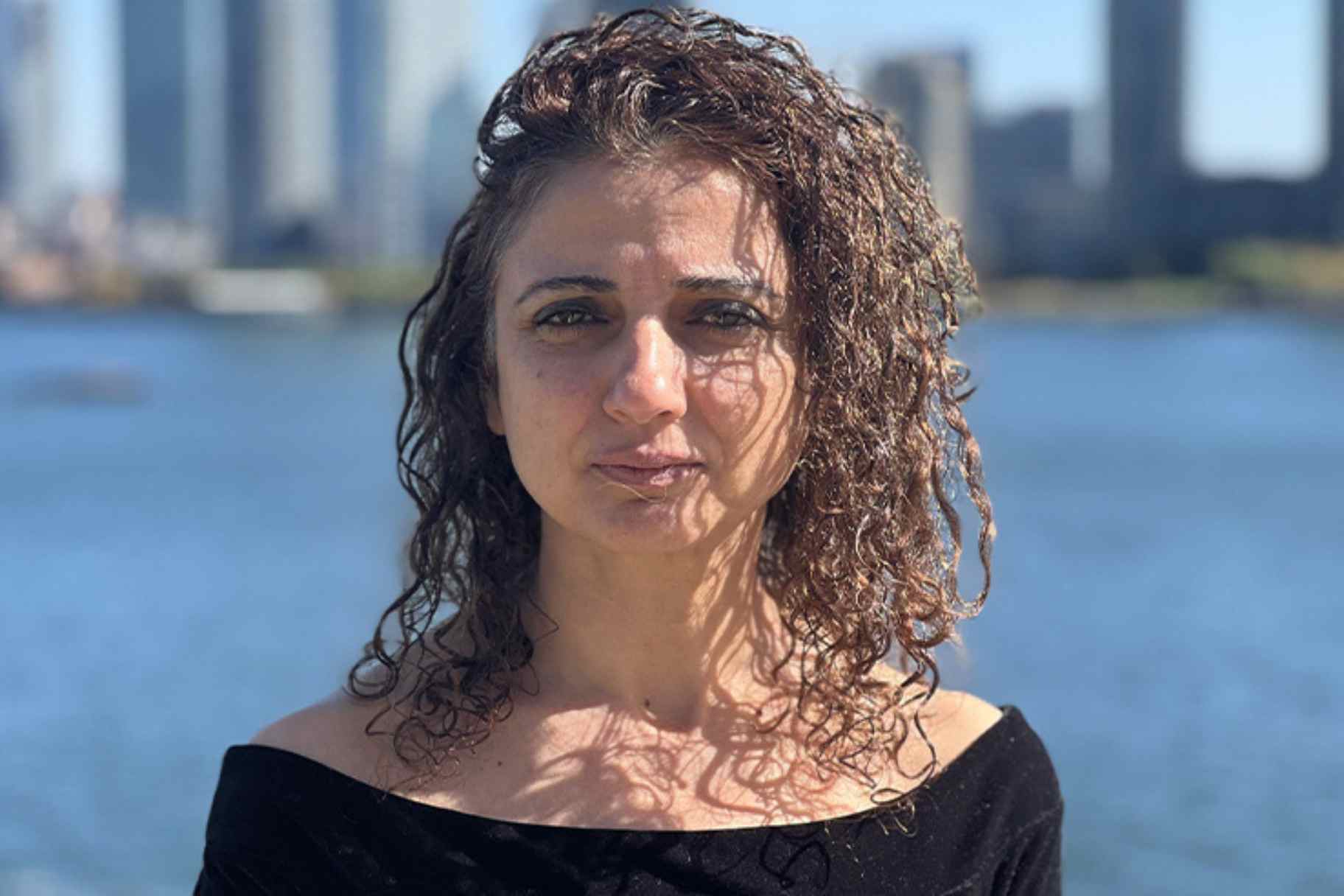
Azem tells me the growing attention the novel has received since its long listing has "come at a time when it is most needed.” The novel, despite being set in a future society, enables us to grieve and remember the unaccountable and historical losses. “You write to stay with people,” Azem reminds us. There will be no disappearance of Palestinian memory as long as there are words on paper, as long as there is Palestinian literature.
Azem’s novel, whilst looking to the past and warning of a possible future scenario, ultimately positions the present as a tense, charged juncture. Its speculative dystopia is not a distant fiction but a provocation; an urgent call to confront the forces of erasure and appropriation unfolding before us. The novel’s ending lingers like an unfinished sentence; a book left open, a story still being written. It is a stark reminder that memory, like history, is never truly erased; it waits to be reclaimed, reinterpreted, and fought for.
- Previous Article New App ‘Nawat’ to Boost Menopause Support Across Arab World
- Next Article Six Unexpected Natural Wonders to Explore in Egypt
Trending This Week
-
Dec 23, 2025







